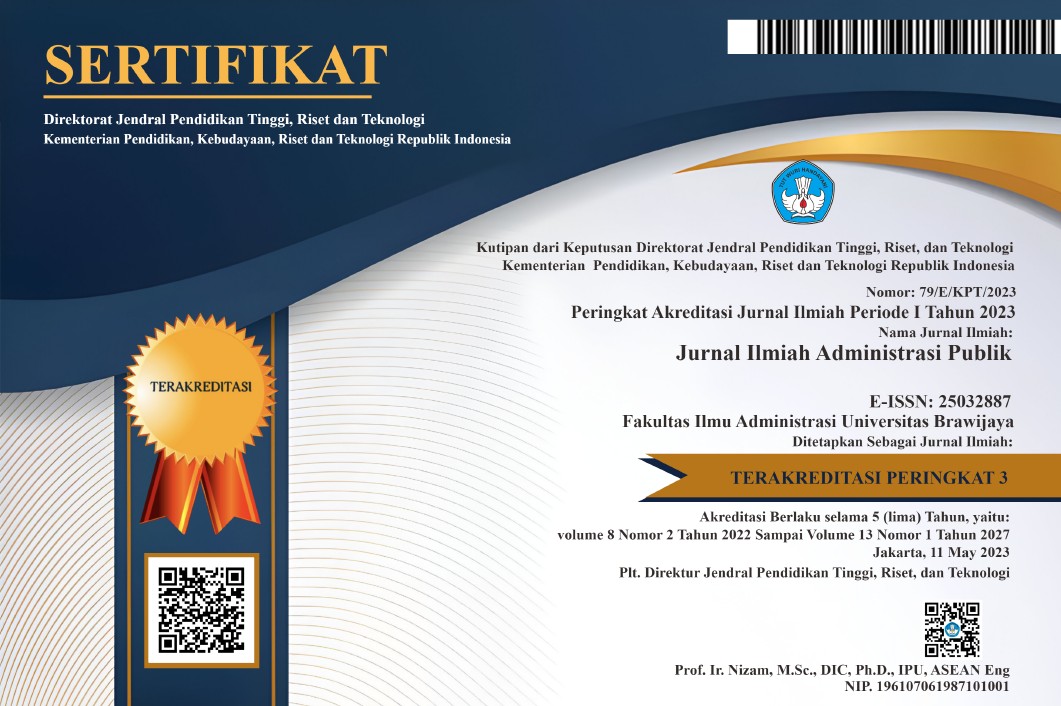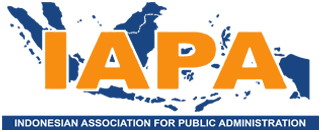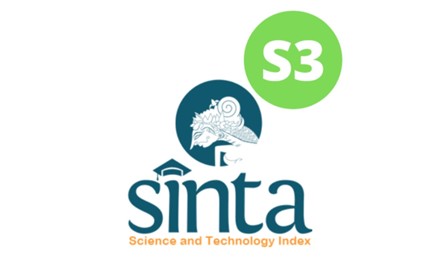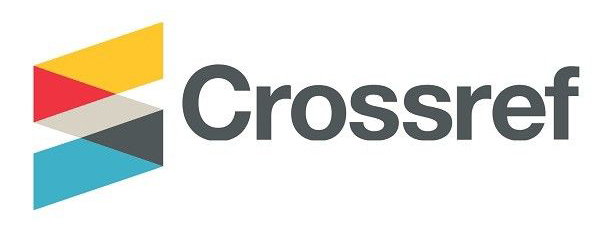The Impact of E-Procurement Implementation in Infrastructure Projects
DOI:
https://doi.org/10.21776/ub.jiap.2019.005.03.20Keywords:
fiscal decentralitation, economic growthAbstract
This paper aims to explore systematically about impact as well as facilitators and barriers of e-procurement implementation in the Ministry of Public Works and Housing. This study used qualitative approach and RE-AIM framework. The data were collected from semi-structured interviews and secondary data such as blueprint, strategic planning document, performance report, activities report, and financial report. The findings show that e-procurement implementation in Ministry of Public Works and Housing has reached the target of users, reduced cost and time, followed regulation, and become routine activity. Moreover, there are facilitators of the e-procurement implementation which are software integration, data management, IT infrastructure, and roll-out strategy. However, some barriers which are legal and administrative procedure, system security, and IT staff and skills, are found as barriers in implementing e-procurementReferences
Aman, A., & Kasimin, H. (2011). E-Procurement Implementation: A case of Malaysia Government. Transforming Government: People, Process and Policy, Vol. 5(4), pp. 330–344.
Auriol, E., & Picard, P. M. (2009). Government Outsourcing: Public Contracting with Private Monopoly. The Economic Journal, Vol. 119 (540), pp.1464–1493.
Briceño-garmendia, C., Estache, A., & Shafik, N. (2004). Infrastructure Services in Developing Countries: Access, Quality, Costs , and Policy Reform. World Bank Policy Research Working Paper 3468, Washington: World Bank.
Center for Data and Information Technology. (2016). E-procurement Report Year 2016. Ministry of Public Work and Housing, Jakarta.
Center for Data and Information Technology. (2017). E-procurement Report Year 2017. Ministry of Public Work and Housing, Jakarta.
Croom, S. R. (2000). The Impact of Web-Based Procurement on the Management. The Journal of Supply Chain Management, Vol. 36(1), pp.4–13.
Croom, S., & Brandon-jones, A. (2007). Impact of E-Procurement : Experiences from Implementation in the UK Public Sector. Journal of Purchasing and Supply Management, Vol. 13(4), pp.294–303.
Davila, A., Gupta, M., & Palmer, R. (2003). Systems to the Internet : The Adoption and Use of E-Procurement Technology Models. European Management Journal, Vol. 21(1), pp.11–23.
Doherty, N. F., Mcconnell, D. J., & Ellis-Chadwick, F. (2013). Institutional Responses to Electronic Procurement in the Public Sector. International Journal of Public Sector Management, Vol. 26(6), pp.495–515.
Garson, George. (2004). E-Government: A Research Perspective. International Journal of Public Administration, Vol. 28(7-8), pp.547-551.
Glasgow, R. E., Vogt, T. M., & Boles, S. M. (1999). Evaluating the Public Health Impact of Health Promotion Interventions : The RE-AIM Framework. American Journal of Public Health, Vol. 89 (9), pp.1322-1327.
Gunasekaran, A., & Ngai, E. W. T. (2008). Adoption of e-procurement in Hong Kong : An empirical research, International Journal of Production Economics, Vol. 113(1), pp.159–175.
Heeks, R. (2006). Implementing and Managing eGovernment – An international text. SAGE: London.
Kassim, E. S., & Hussin, H. (2010). Public E-procurement : A Research Synthesis. Proceeding of the International Conference on Education, e-Business, e-Management and e-Learning, 22-24 January 2010, Hong Kong, pp.150–154.
Kenny, C. (2007). Construction, Corruption, and Developing Countries. Working Paper 4271. Washington, DC: The World Bank.
Lewis-Faupel, S., Neggers, Y., Olken, B. A., & Pande, R. (2016). Can Electronic Procurement Improve Infrastructure Provision? Evidence from Public Works in India and Indonesia. American Economic Journal: Economic Policy, Vol. 8(3), pp.258–283.
Liao, S., Cheng, C., Liao, W., & Chen, I. (2003). A web-based architecture for implementing electronic procurement in military organisations. Technovation, Vol. 23(6), pp.521–532.
Losch, A., & Lambert, J. S.(2007). E-Reverse Auctions Revisited : An Analysis of Context, Buyer – Supplier Relations and Information Behavior. Journal of Supply Chain Management, Vol. 43(4), pp.47–63.
Moon M. (2005). E-Procurement Management in State Governments: Diffusion of E-Procurement Practices and Its Determinants. Journal of Public Procurement, Vol. 5(1), pp.54-62.
Ndou, V. (2004). E-Government for Developing Countries: Opportunities and Challenges. The Electronic Journal of Information Systems in Developing Countries, Vol. 18 (1), pp.1–24.
OECD. (2017). Pubic Procurement Review of Mexico PEMEX: Adapting To Change In The Oil Industry. Paris: OECD Publishing.
Rajkumar, T.M. (2001). E-Procurement: Business and Technical Issues. Information Systems Management, Vol. 18, No. 4, pp.1-9.
Rotchanakitumnuai, S. (2013). The Governance Evidence of E-Government Procurement. Transforming Government: People, Process and Policy, Vol. 7(3), pp.309–321.
Sanders, N. R. (2007). An Empirical Study of the Impact of E-Business Technologies on Organizational Collaboration and Performance. Journal of Operation Management, Vol. 25(6), pp.1332–1347.
Scholl, Hans Jochen., & Klischewski, Ralf. (2007). E-Government Integration and Interoperability: Framing the Research Agenda. International Journal of Public Administration, Vol. 30(8), pp.889-920.
Spirakis, G., Spiraki, C., & Nikolopoulos, K. (2010). The Impact of Electronic Government on Democracy : E-democracy Through E-Participation. Electronic Government, An International Journal, Vol. 7(1), pp.75–88.
Subramaniam, C., & Shaw, J. M. (2002). A Study of the Value and Impact of B2B E- Commerce : The Case of Web-Based Procurement. International Journal of Electronic Commerce, Vol. 6(4), pp.19–40.
Sumadilga, D. H., & Pudjijono, A. (2011). Kendala, Keberhasilan dan Tantangan dalam Sembilan Tahun Pelaksanaan E-Procurement di Kementerian PU dalam Mencapai Good Governance. Konferensi Teknologi Informasi dan Komunikasi untuk Indonesia, 14-15 Juni 2011, Bandung.
United Nations. (2014). United Nations E-Government Survey 2014: E-Government for the Future We Want. NY: United Nations Department of Economic and Social Affairs.
Vaidya, K., M, S., & Callender, G. (2006). Critical Factors that Influence E-Procurement Implementation Success in the Public Sector. Journal of Public Procurement, Vol. 6(1&3), pp.70–99.
Downloads
Published
Issue
Section
License
If your paper is accepted, the author identified as the formal corresponding author for the paper will receive an email prompting them to login into Author Services; where via the JIAP Author Licensing Service they will be able to complete the license agreement on behalf of all authors on the paper.














